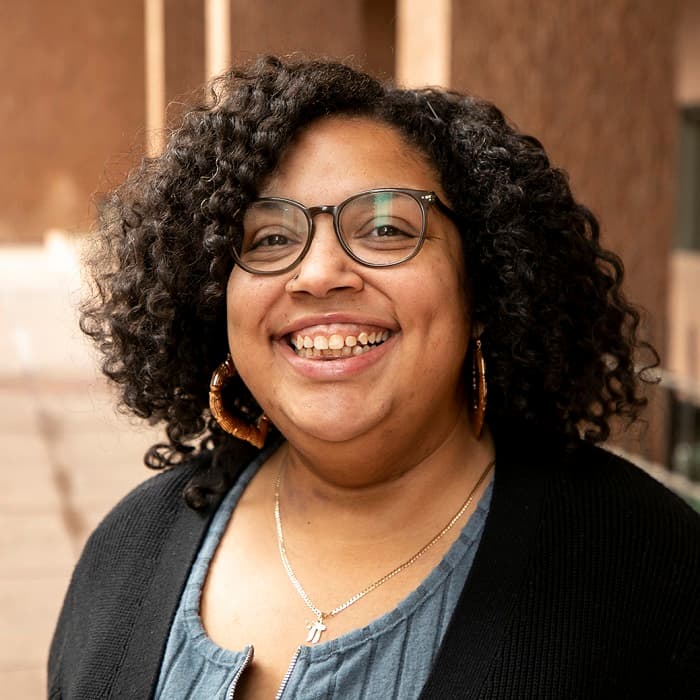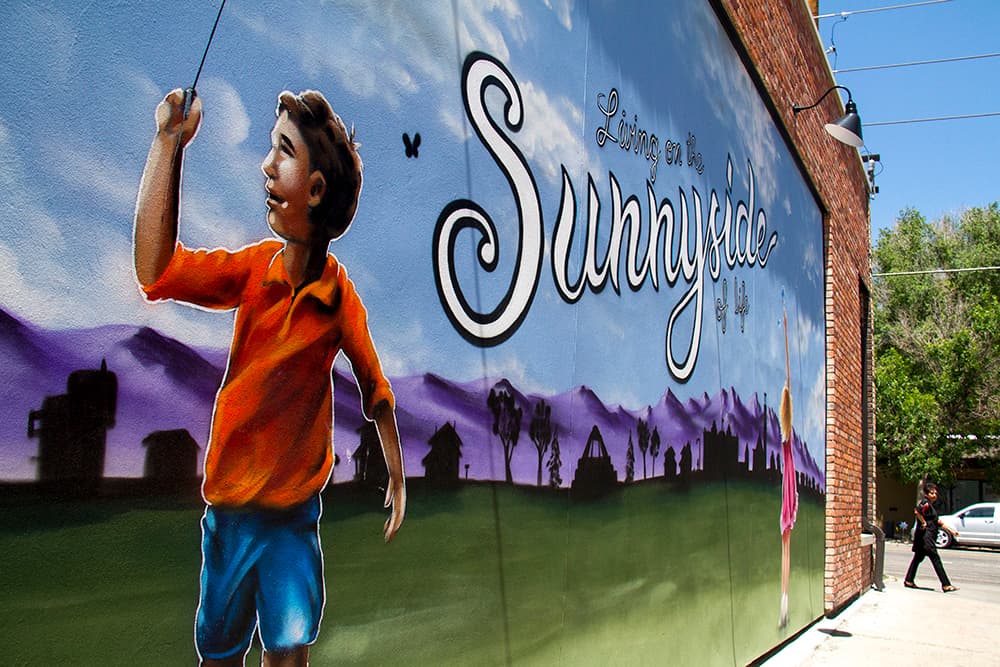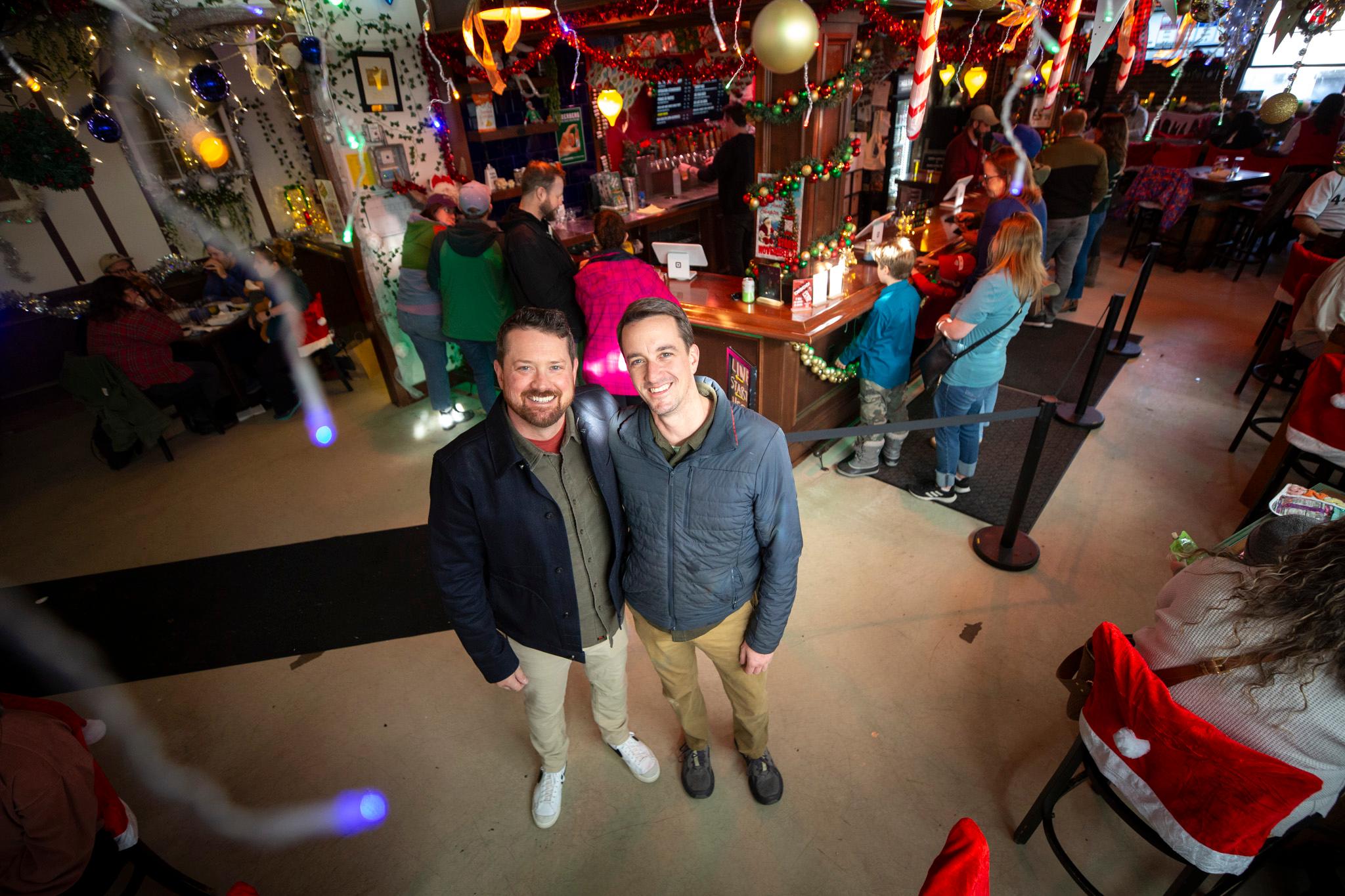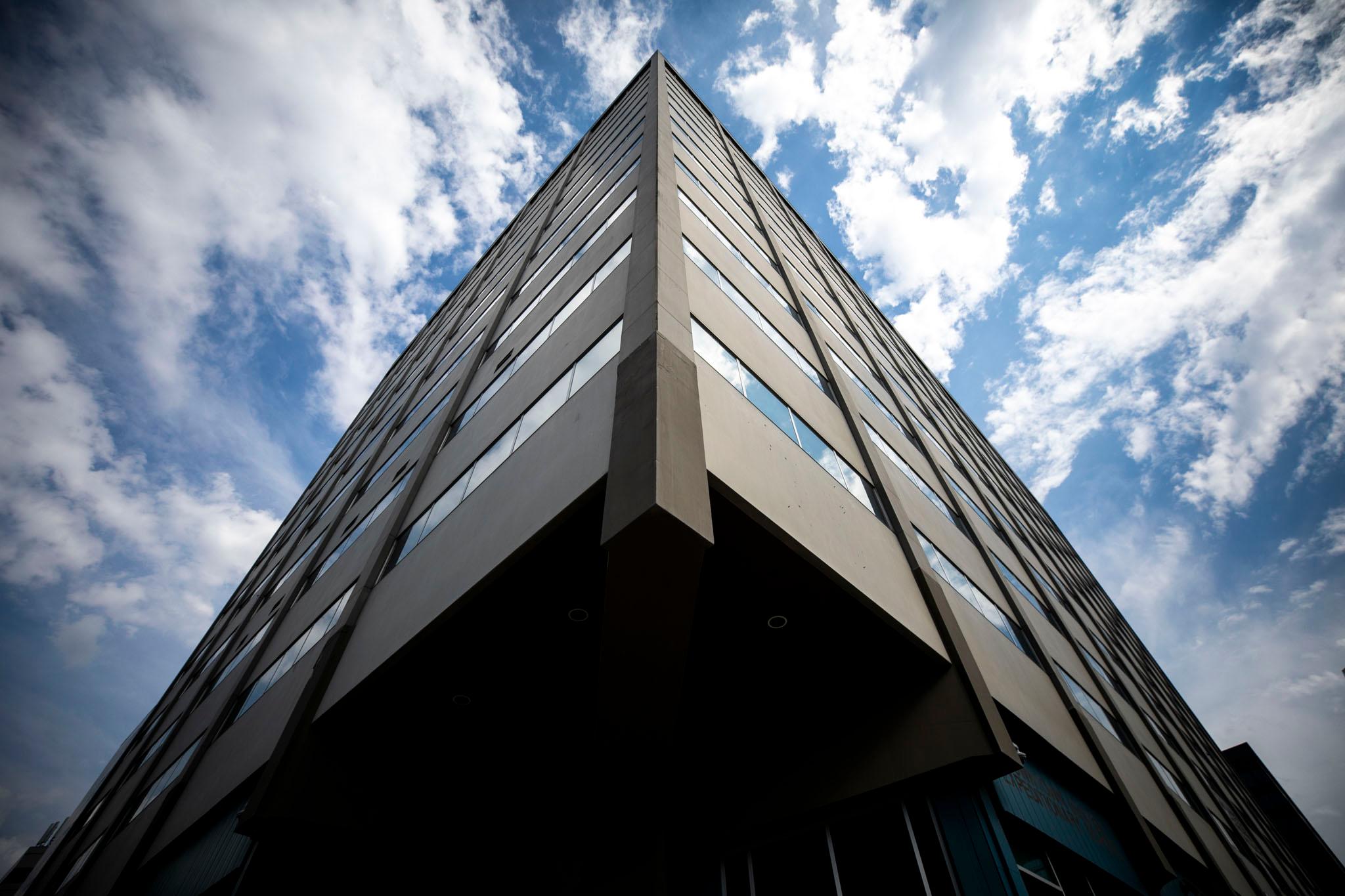District 1 covers Northwest Denver including Berkeley, Chaffee Park, Highland, Jefferson Park, Regis, Sunnyside, Sloan Lake, and West Highland. The district gained a small portion of Union Station, specifically near Commons Park and lost its section of West Colfax during the redistricting process.

Who's running?
It's an incumbent versus a newcomer. Here's who's running, in the order you'll see them on the ballot:
Ava Truckey
Truckey grew up between Denver and Minnesota, eventually settling down in Denver as an adult. She isn't the typical politician. Truckey said she didn't go to college, she lives in subsidized housing and worked as a cosmetologist before opening a bakery and a community market.
Truckey has also experienced homelessness and relied on social services the city and state helps administer, including food stamps and welfare assistance.
She wants to use her lived experience to run the district, focusing on making social services more accessible and more affordable housing.
"I think that being a person that's not from politics, and hasn't been well versed in policy their whole life, and somebody that's had to rely on the systems, whether it was as a kid, or as an adult, and as a single mom, I think that there's been a lack of accessibility in who gets to be in the spaces and make these decisions for folks, and I think it needs to be the opposite way around," Truckey said.
Amanda Sandoval
Sandoval grew up on the Northside and still lives in the Northside. She first started working with City Council in 2012 as an aide to former District 9 Councilmember Judy Montero and later worked under her predecessor Councilmember Rafael Espinoza. Before being elected, Sandoval was the legislative liaison and outreach program coordinator for the Denver Fire Department.

Sandoval's main focuses are preserving neighborhoods and modernizing the zoning code. Northwest Denver has seen its fair share of gentrification and displacement, using the zoning code Sandoval wants to halt that process and keep the remaining fabric of the neighborhoods intact.
"The zoning code hasn't been updated since 1923... and it was based on redlining and racism," Sandoval said. "A lot of time bureaucrats will say, 'Oh that's been that way forever,' but that doesn't mean it should still be that way.' That doesn't mean it's working for the 2023 landscape...We have some of these old antiquated laws based in racism, rooted in racism, and discrimination, inequities and if I were to be reelected I want to continue modernizing them."
What's going on in the district?
Sandoval has successfully rezoned almost 75% of her district for accessory dwelling units. The latest neighborhood being the West Highland area.
A quick refresher: an ADU is an accessory to your dwelling unit. Think small backyard homes, also known as carriage houses or casitas. According to Blueprint Denver, ADUs could help with growth, gentrification and displacement throughout the city.
ADUs can be additional space for family members or homeowners can rent out the space for additional income both long and short term.

Community Planning and Development previously said, "As our city grows and changes, the way people live is changing, too. Creating an ADU can have a big impact helping residents grow their home equity. These smaller dwelling units are also a low-impact way for neighborhoods to expand their range of housing choices."
Both candidates are interested in continuing to rezone for ADUs.
The Near Northwest Area plan is currently in the refining phase. The plan affects the Chaffee Park, Highland, Jefferson Park and Sunnyside neighborhoods and will essentially be a guideline on how the neighborhoods will look in the future.
Some of the community's recommendations have been ensuring neighborhood preservation, supporting small businesses, improving intersections and increasing food access.
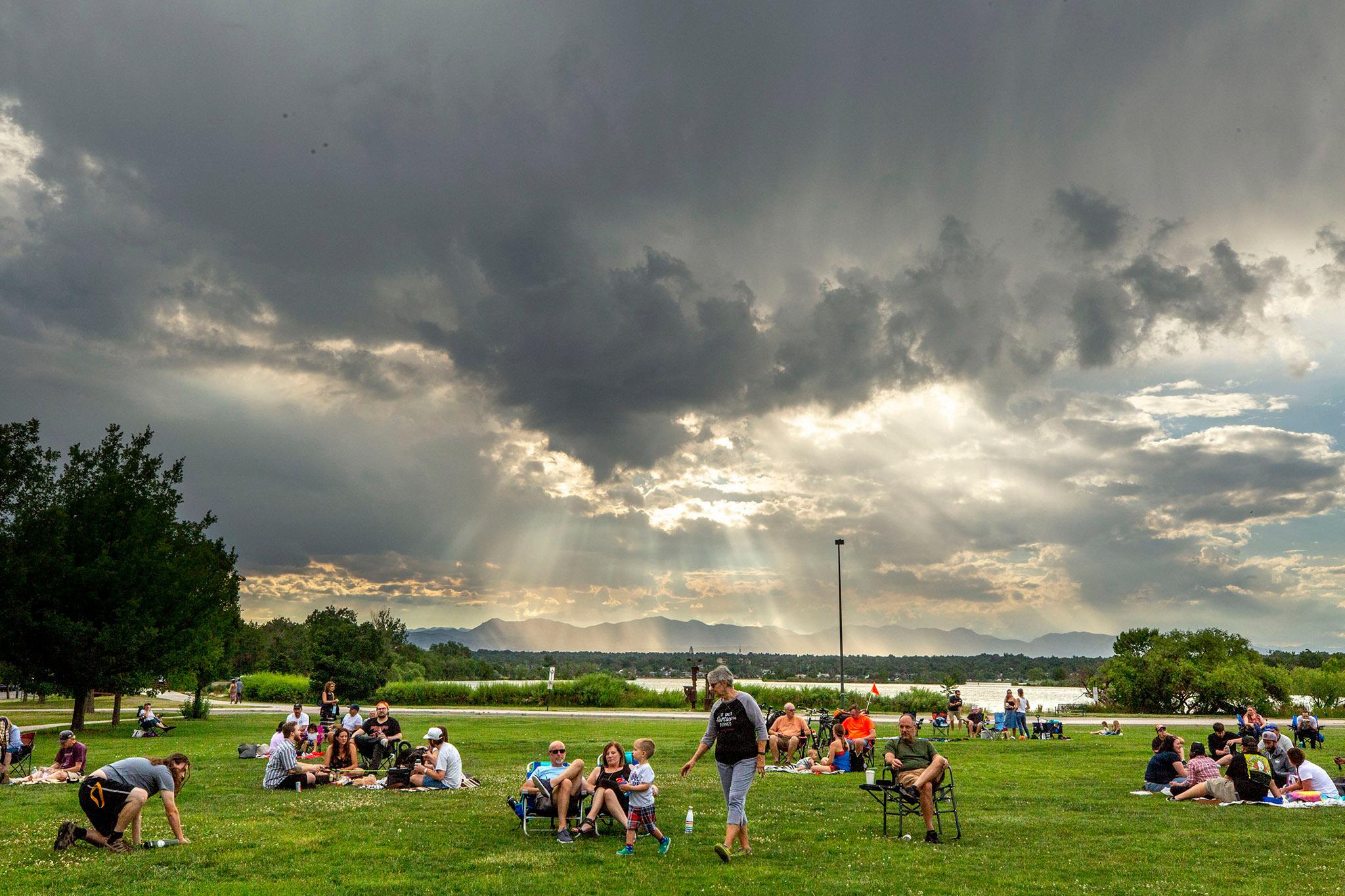
As far as community spaces, residents near Sloan Lake can expect an update to the Boathouse. Voters in 2021 approved the RISE bond, which allotted $7 million to update the Boathouse. There's also a study being done to check on the quality of the lake.
Back in the days, folks could swim and boat at the lake and during the winter, they could ice skate. Warming temperatures and runoff from nearby neighborhoods and construction in the Sloan's Lake area have caused the lake to suffer.
At one point the lake was about 18 feet deep. Now, it's averaging about 3.5 feet in depth. In 2021, the lake closed due to toxic levels of blue-green algae and in 2020 about 400 fish died in a single week due to a fish-kill caused by algae and warming temperatures.
Sloan's Lake Park Foundation is working to secure funding to dredge the lake and bring it back to life and the next council person may help them do that.
Need more help voting? Check out the rest of our voter guide here.
